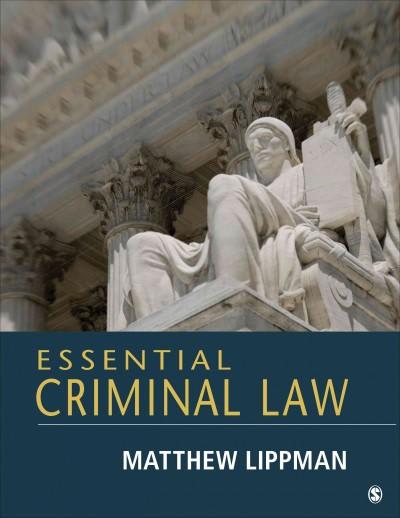Question
Read the Case Study: Dischargeability of Student Loans under Chapter 7Links to an external site. .https://saylordotorg.github.io/text_business-law-and-the-legal-environment-v1.0-a/s33-06-cases.html (1) What is the rationale for making the bankruptcy
Read the Case Study:Dischargeability of Student Loans under Chapter 7Links to an external site..https://saylordotorg.github.io/text_business-law-and-the-legal-environment-v1.0-a/s33-06-cases.html
(1) What is the rationale for making the bankruptcy discharge of student loans very difficult?
(2) Petitioner argued that she should be able to use a post-discharge event (the auto accident) as a basis for establishing that she could not maintain a "minimal" standard of living, and thus she should get a retroactive discharge of her student loans. What benefit is there to her if she could successfully make the argument, given that she couldas the court notedfile for Chapter 13?
(3) The court cites theColemancase. That was a Chapter 13 proceeding. Here were the facts: Debtor had not yet completed her payments under her five-year repayment plan, and no discharge order had yet been entered; one year into the plan, she was laid off work. She had been trying to repay her student loans for several years, and she claimed she would suffer hardship in committing to the five-year repayment plan without any guarantee that her student loan obligations would be discharged, since she was required to commit all of her disposable income to payments under the plan and would likely be forced to pursue undue hardship issue pro se upon completion of the plan." InColeman,the court held that Debtor could, post-filing but pre-dischargeone year into the five-year planbring up the hardship issue.
Now, in the case here, after the auto accident, the petitioner "subsists" on Social Security disability payments, and she has almost $150,000 in debt, yet the court prohibited her from claiming a hardship discharge of student loans. Does this result really make sense? Is the court's concern that allowing this post-discharge relief would mean "that a bankruptcy discharge is a perpetual license to discharge student loans based on events that occur years after the bankruptcy discharge is granted" well founded? Suppose it is scheduled to take thirty years to pay off student loans; in year 4, the student-borrower, now Debtor, declares Chapter 7 bankruptcy, student loans not being discharged; in year 6, the person is rendered disabled. What public policy is offended if the person is allowed to "reopen" the bankruptcy and use the post-bankruptcy event as a basis for claiming a hardship discharge of student loans?
(4) The court suggests she file for Chapter 13. What ifbecause of timingthe petitioner was not eligible for Chapter 13? What would happen then?
In your paper, please provide at least two APA references to support your answer (You can utilize the textbook). You can utilize the Purdue Online Writing Lab (OWL) Links to an external site.website for the correct way to reference the articles used.
Step by Step Solution
There are 3 Steps involved in it
Step: 1

Get Instant Access to Expert-Tailored Solutions
See step-by-step solutions with expert insights and AI powered tools for academic success
Step: 2

Step: 3

Ace Your Homework with AI
Get the answers you need in no time with our AI-driven, step-by-step assistance
Get Started


